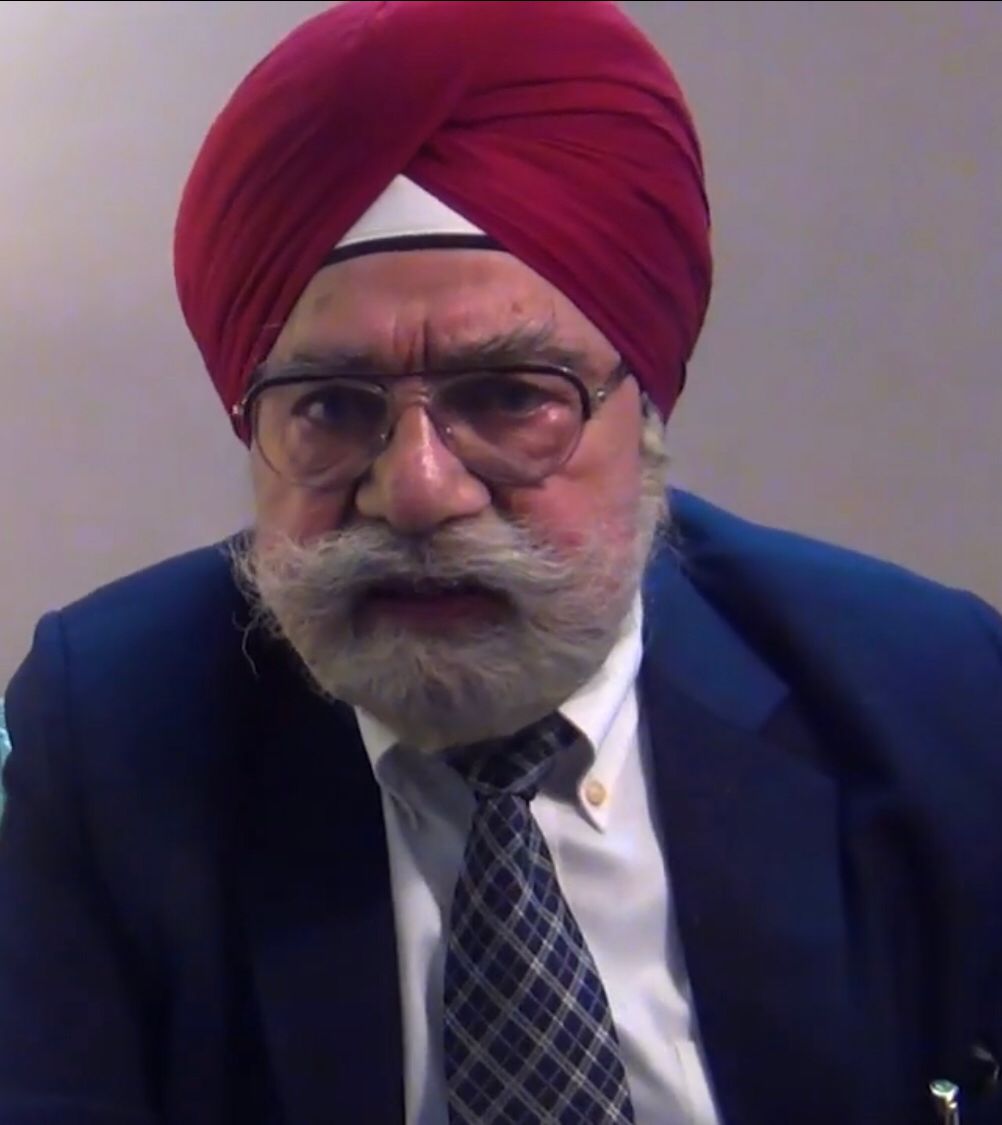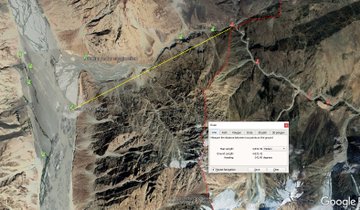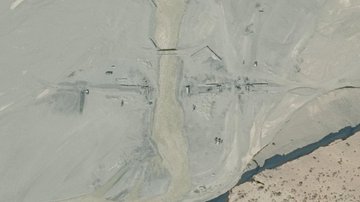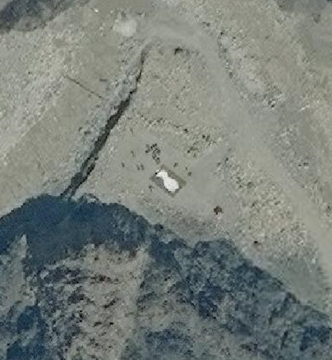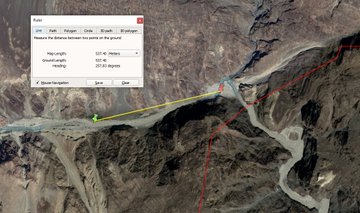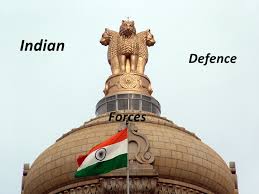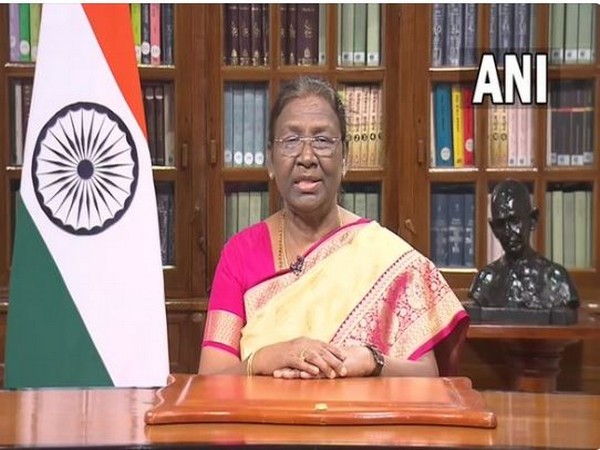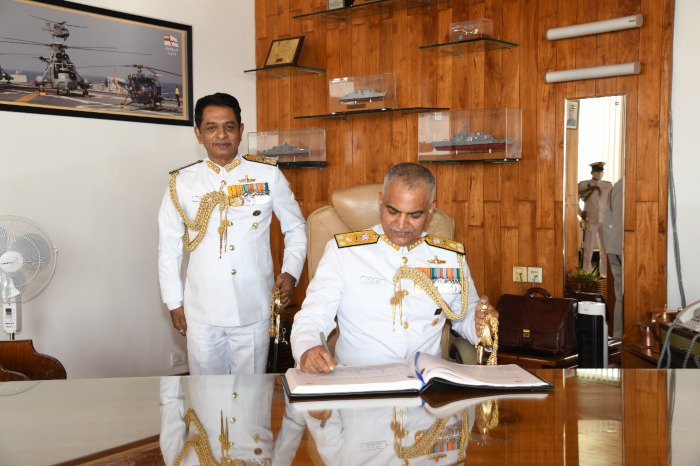
New Delhi: India is witnessing its worst-ever border tensions since the Kargil battle in 1999, with China bringing forward at least 5,000 troops along the Line of Actual Control (LAC) in eastern Ladakh.
Transgressions have been reported at multiple locations in eastern Ladakh — three in the larger Hot Springs area and one in the ‘Finger’ area of Pangong lake.
Now, news agency ANI has reported that Chinese troops have moved in “nearly 10-15 km from the Indian post KM 120” in the Galwan Valley, and have pitched tents and stationed themselves close to the post. Post KM 120 lies on the strategic Shyok-Daulat Beg Oldi road whose inauguration last year caused much discomfort to China.
The report does not make it clear if the Chinese movement is within territory controlled by China or India. However, sources in the know maintain that there is no transgression here per se, even though troop build-up has taken place on the Chinese side.
Satellite imagery shared on social media by experts has shown that the troops are most likely within the Chinese Claim Line (CCL) in the Galwan Valley, where that line matches the Indian perception of the LAC.
The sources told ThePrint that while about 250 troops are deployed here on a regular basis, more troops have been brought in to counter the Chinese deployment. The sources insisted that this does not mean the KM 120 post is under threat, but that it is being used for deployment and logistics.
Also read: Stand-off in Ladakh: Army matching wits with China, on every step
Worst since Kargil
What is happening at the LAC in eastern Ladakh doesn’t resemble how things unfolded in 1999, but the fact that the troop build-up and transgressions are happening at multiple locations as far 200 km apart, makes this the worst border tensions India has seen since the Kargil battle.
ThePrint had reported earlier in the day that India is carrying out “proactive localised preventive deployment” at multiple locations along the LAC in eastern Ladakh, even as it has carried out “mirror deployment” in areas where it has been challenged by Chinese troops.
The ANI report said the Indian Army has increased the presence of its troops and patrolling in other areas of eastern Ladakh under the 70 Brigade, in the Himachal sector and the central sector of the LAC, including the border with Uttarakhand, to check any attempts by the PLA to transgress.
It added that the Chinese army has diverted its troops, carrying out a massive exercise on its side of the LAC, and deployed them at short notice across the LAC in the areas under the Indian Army’s 81 and 114 Brigades, deployed to counter the Chinese assertions from Daulat Beg Oldi and adjoining areas. The Indian Army has remained mum on the issue.
Here’s an account of what has transpired so far.
Fist fight on 5 May
On the evening of 5 May, a large group of Chinese soldiers, armed with sticks and stones, descended upon a group of Indian soldiers, who were taken by surprise and eventually hit back.
The fist fight and stone pelting continued for quite some time, injuring several soldiers on both sides. Some of the injuries sustained were so severe that some soldiers including officers had to be evacuated to military hospitals.
The Army has not spoken officially on the issue but has admitted “injuries to several” soldiers.
Also read: India-China border conflict shows Beijing’s aggression not always rhetorical, says US diplomat Alice Wells
Transgression in ‘Finger’ area
The 134-km Pangong lake’s northern bank juts out like a palm, and the various protrusions are identified as “fingers” to demarcate territory. While India asserts that the LAC starts at Finger 8, China claims it starts at Finger 2, which India dominates.
Two-thirds of the lake, which extends from Tibet to Ladakh, is controlled by China, while the LAC passes through the lake itself, because of which both sides patrol it on land and in the water.
Since the perception of LAC is different, the area has a history of scuffles between both sides.
During the Kargil battle, when troops were diverted from the area to fight Pakistan, China had stepped in and built a motorable road at Finger 4.
Sources said India has been trying to construct a road further from Finger 2 over the past few years, which would have provided soldiers with the capability to move in vehicles. The Chinese have, however, now brought in more soldiers and have set up bunkers near Finger 3 to prevent Indian patrols from going further.
This is a clear transgression, because Chinese troops are in what India claims is its territory. Both sides have increased the force levels in this area.
Galwan Valley tense with troop build-up
While the initial focus was on Pangong, it later emerged that China had objected to a series of construction activities being carried out by India about 200 km away, in the Galwan Valley.
Galwan has largely remained peaceful since the 1962 India-China war. It is one area where the Chinese Claim Line and the LAC match, and this has been the understanding for years now at the local level.
However, no maps have been exchanged in this area, which means any kind of understanding is not formal.
The sources said what riled China in this area was a series of road construction activities, which are important to India from a military point of view, vis-a-vis the key base of Daulat Beg Oldi in sub-sector north in eastern Ladakh.
India’s Border Roads Organisation had built the Shyok-DBO road last year.
This road is at least 10 km inside the LAC at several points, and runs perpendicular to the Galwan river. To connect this road to the LAC, India was constructing feeder roads. This included a bridge over a nullah or rivulet, near the confluence of the Shyok and Galwan rivers.
The Chinese have been objecting to this, and following the Pangong clash, they decided to amp up their presence.
China brought in a large number of Border Defence Regiment (BDR) troops along the LAC to stop the Indian construction activity. They have pitched a large number of tents and set up associated logistics elements.
Taken aback by the Chinese objection to construction within Indian territory, India decided to “dig in” and do mirror deployment.
Hot Springs
Beside the build-up in Galwan Valley, Chinese troops have “come in” about 3 km into Indian territory south-east of the Galwan Valley, largely known as ‘Hot Springs’ area in eastern Ladakh.
The Chinese have come in near patrol point 14, 15 and the Gogra Post, which are 80 km south-east of the mouth of the Galwan Valley as the crow flies, and between the valley and Pangong lake.
Sources told ThePrint that the Chinese have not crossed the CCL in these areas, but did accept that these areas are about 3 km within India’s perception of the LAC.
Also read: IAF’s Sukhois on sorties in Ladakh amid tensions with China but no jets ‘scrambled’







